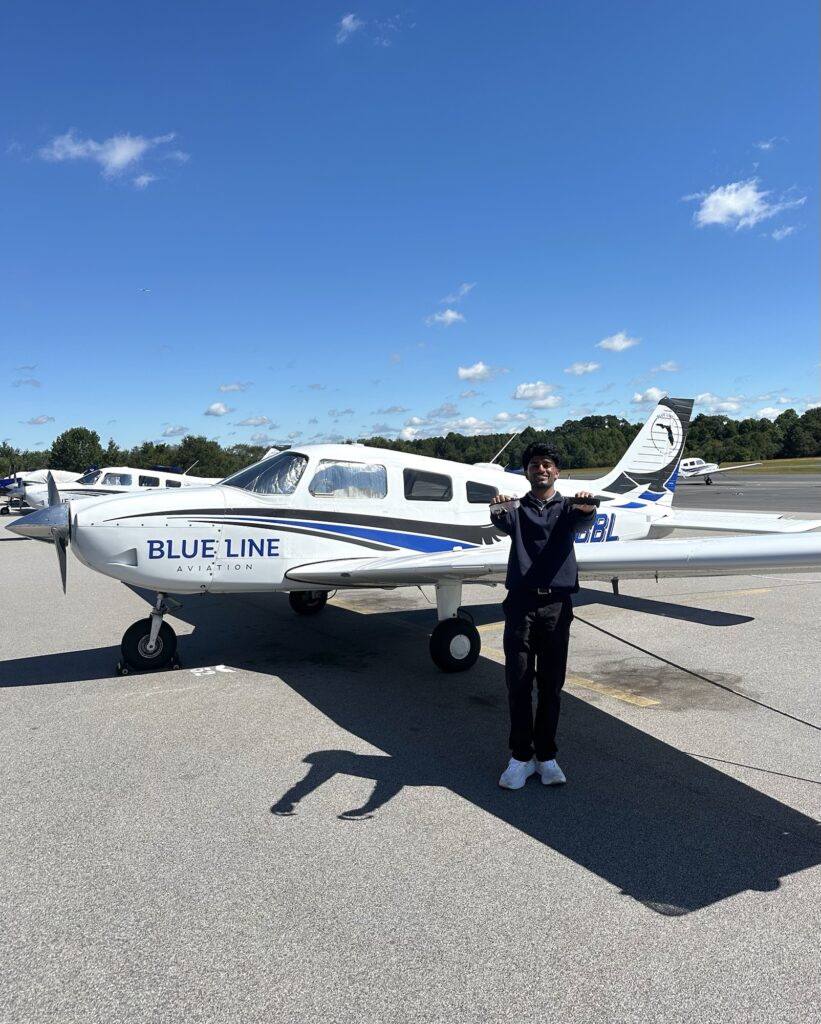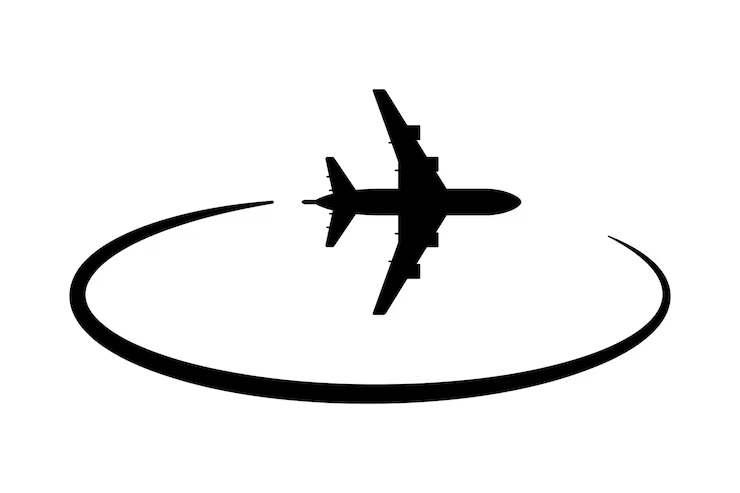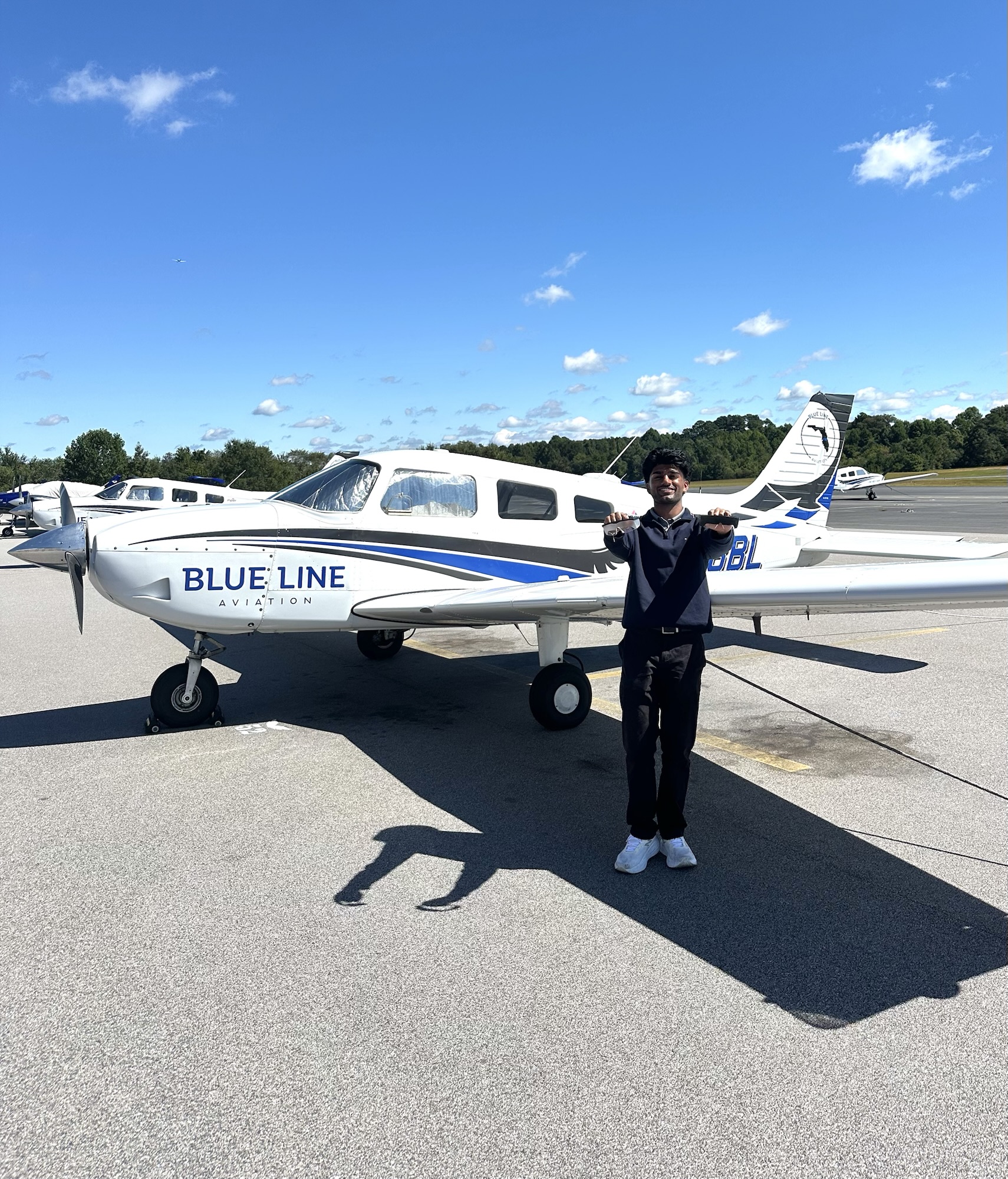Disclaimer: This post is based entirely on my own training experience. Every school, instructor, and student is different, so what I share here may not reflect everyone’s journey. My goal isn’t to bash any program or person, but to give an honest perspective on what worked for me and what didn’t.
Part 61
When I first started flight training, I went the Part 61 route. That was my introduction to aviation and where I logged my first 60 hours in Private Pilot training. Looking back, there was some good, but a lot that I realized wasn’t working for me.
The biggest advantage of Part 61 was flexibility. I could schedule lessons around my life, which sounds great in theory. The problem is, that flexibility often turned into inconsistency. I’d have a lesson, then go days, or even weeks without flying. By the time I got back in the cockpit, I had forgotten half of what I’d learned. It felt like I was constantly starting over and paying to re-learn the same skills again and again.
Ground training was basically nonexistent. Just like with my flights, we kept circling back to the same lessons because the lack of consistency made it hard to build momentum. My instructor was fine, but I never felt like they were fully invested in my progress long-term. Most of my training was one-on-one, and I never really interacted with other students. The pace dragged, my motivation stalled, and the ‘pay-as-you-go’ model wasn’t convenient.
Still, I don’t completely regret starting there. Part 61 gave me my first taste of flying and the freedom to dip my toes into aviation before committing fully. Training at an international, towered airport was especially valuable. Getting familiar with ATC communications and flying alongside airline traffic gave me some confidence early on that I still carry with me today. But as time went on, I realized I wanted more structure, accountability, and a path that felt like it was actually pushing me forward instead of keeping me stuck in neutral.
That’s when I made the switch.
Part 141
At Blue Line, everything changed. From day one, I was thrown into a structured syllabus with clear goals, lesson plans, and a defined timeline. The accelerated pace meant no wasted time. Every flight was built directly on the last, and the ground training kept me sharp. Instead of feeling like I was on my own, I became part of a community.
And that’s one of the biggest differences: under Part 141, I’m always surrounded by like-minded people. Everyone around me has similar goals; to finish training, build time, and eventually fly professionally. That environment is contagious. You feed off each other’s motivation, struggles, and wins, and it keeps you pushing forward.
The instructors are another huge difference. At my Part 61 school, I felt like the instructors were just doing their job. At Blue Line, the instructors are driven and genuinely invested in seeing us succeed. They don’t just run us through lessons—they keep us on track, push us when we need it, and celebrate the wins right alongside us. They make a 5.5-month accelerated program feel easy and manageable, even when the workload is heavy. I’ve gained so much knowledge here, not just in the cockpit but also on the ground, in conversations, and learning from my peers. The environment here makes me more passionate about aviation every day.
Now, Part 141 isn’t perfect either. The pace can be intense, and falling behind your peers can be discouraging. The schedule leaves little room for flexibility, and life outside of training often takes a back seat. At times, it could possibly feel like instructors are more focused on checking boxes off the syllabus than slowing down to meet you where you’re at. The workload can be overwhelming if you’re not fully committed—but for me, those trade offs are worth it.
The payoff speaks for itself. I spent 9 months at my Part 61 school and barely made progress toward my Private Pilot certificate. At Blue Line, I completed my entire Private Pilot training in just 8 weeks. Then, just six weeks later, I passed my Instrument checkride. To think that in just a few months I’ve gone from “zero” to being able to safely fly in the clouds is insane, and I owe a huge part of that to the structure, community, and instructors at Blue Line.

Both paths will get you to the same certificates, but the experience is completely different. For me, Part 61 was a slow, yet valuable introduction to get my feet wet, and Part 141 is where it all came together.

